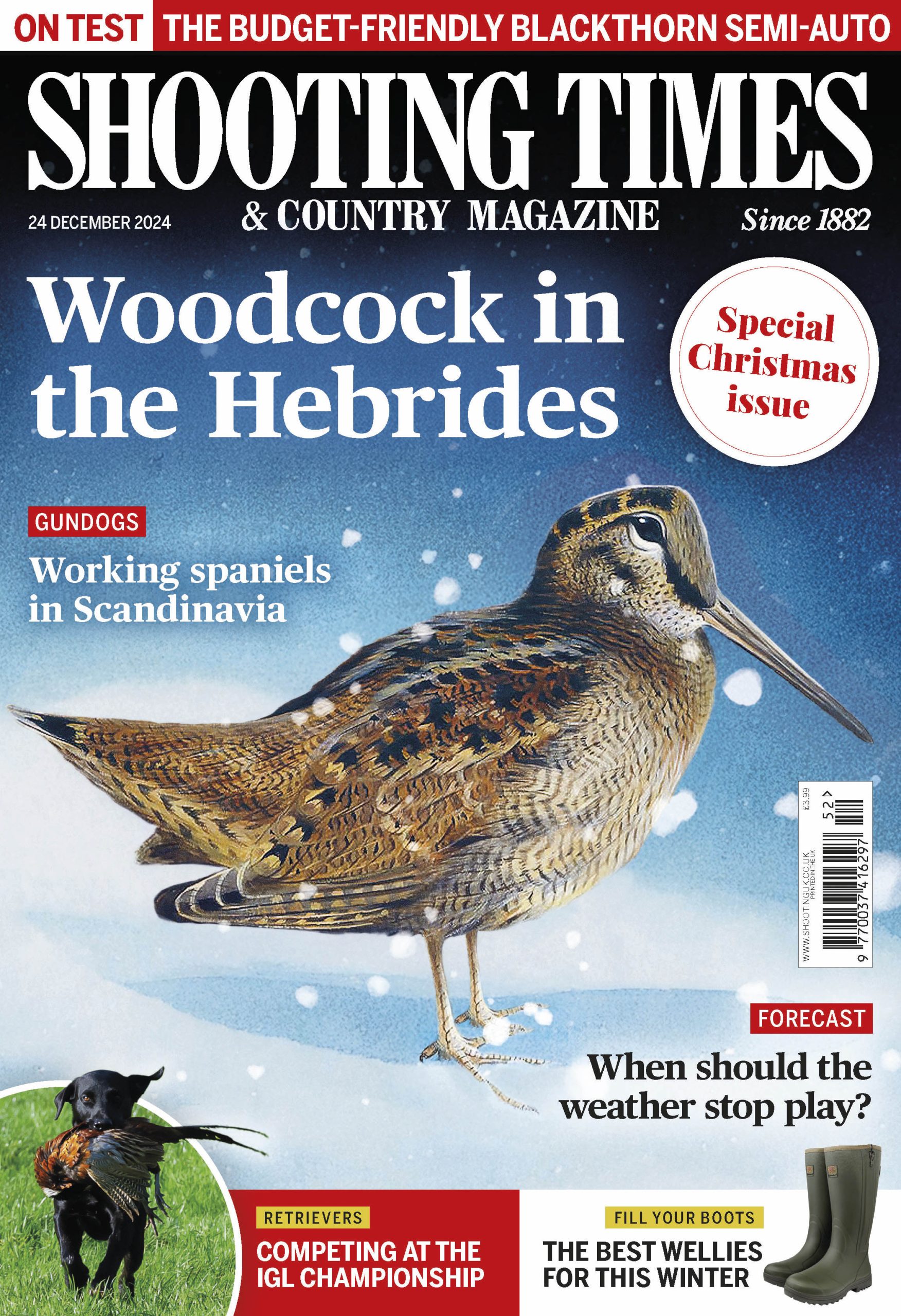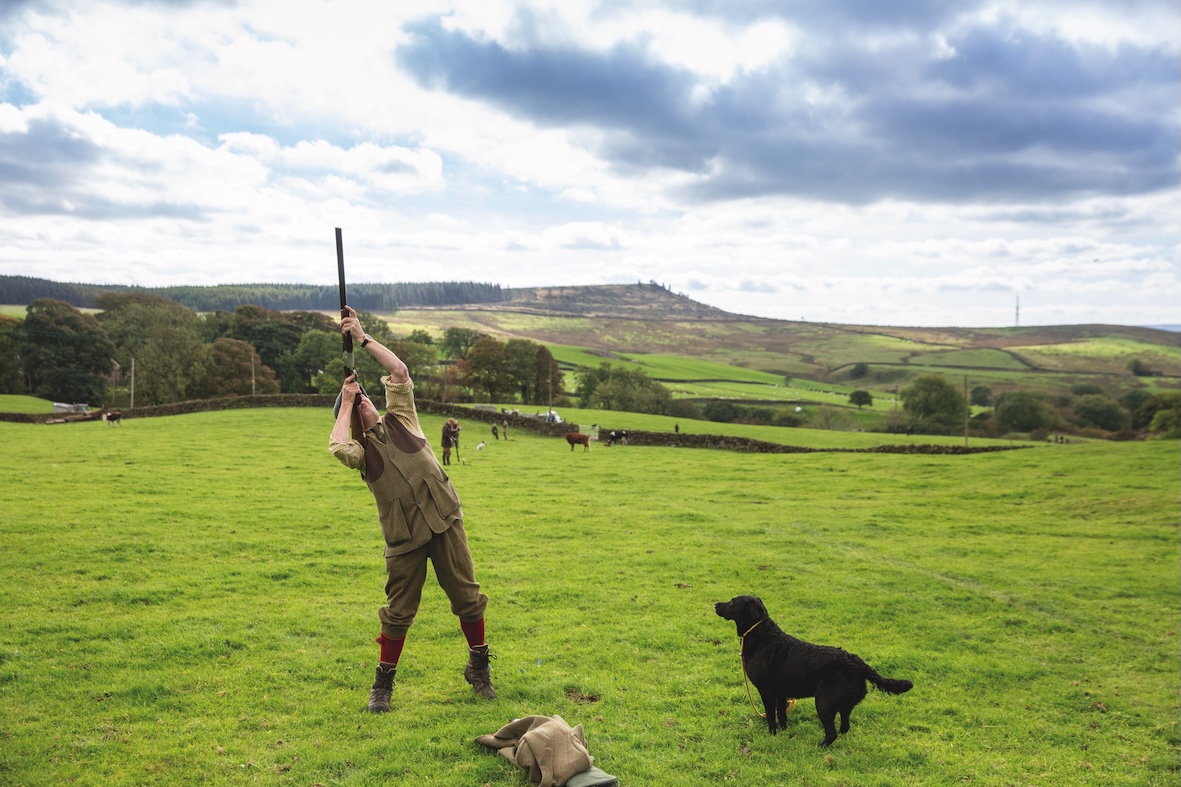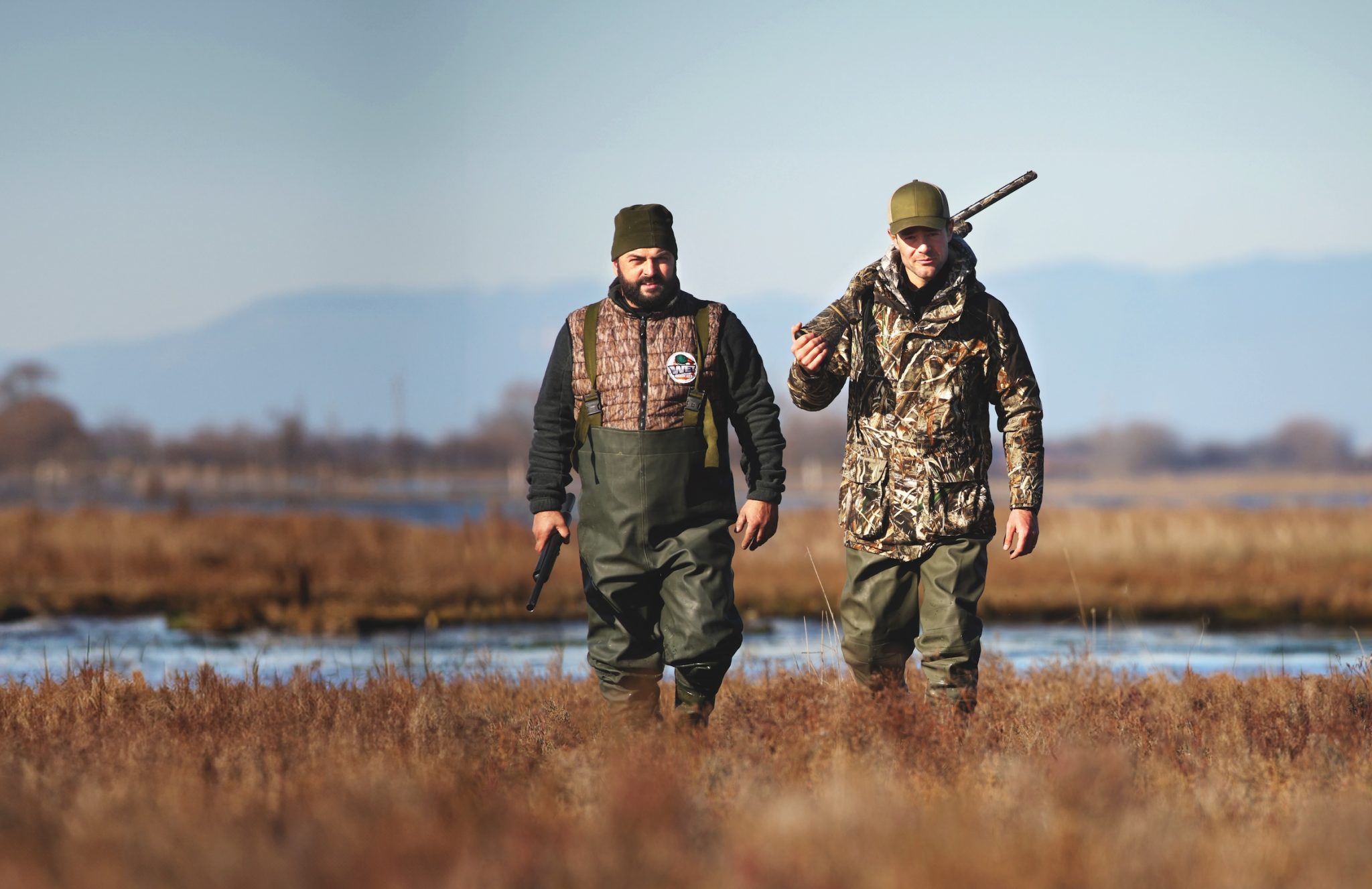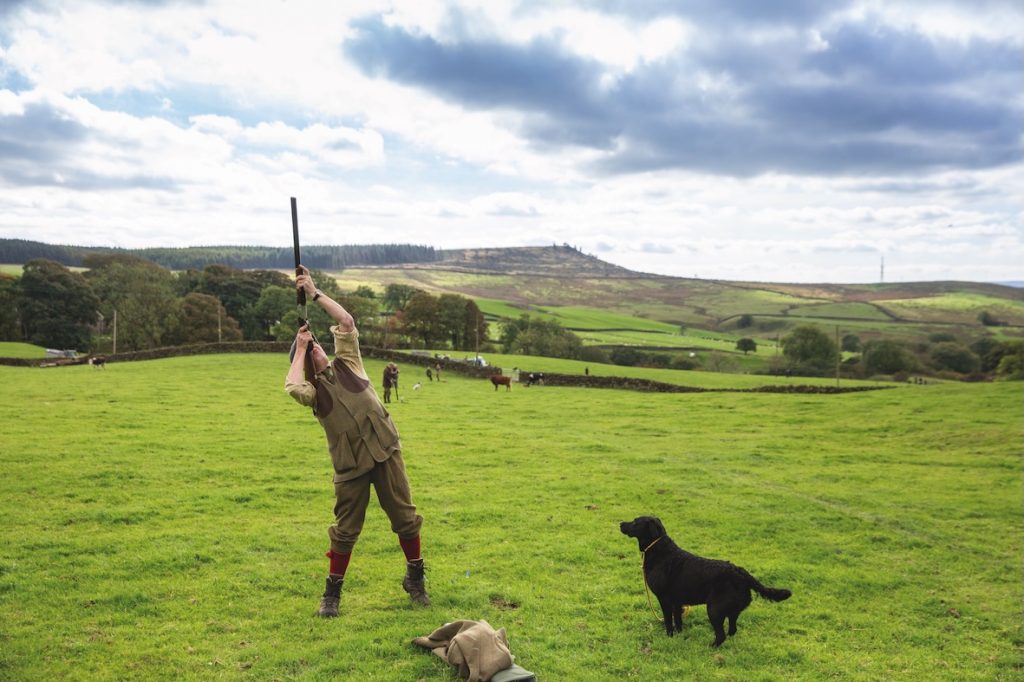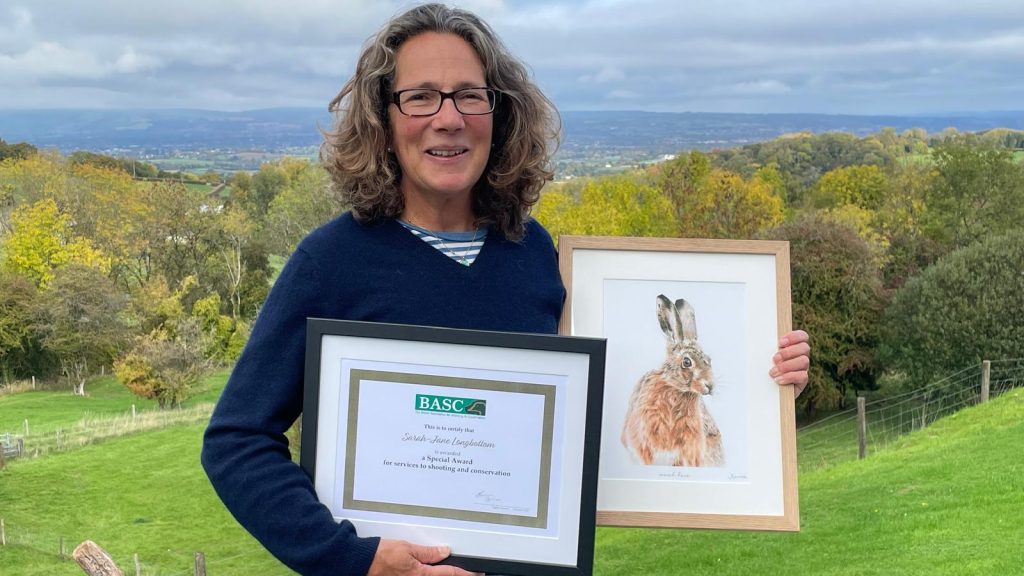Win CENS ProFlex DX5 earplugs worth £1,149 – enter here
Could feeding predators save rare capercaillie?
University of Aberdeen researchers believe they have found a way to boost breeding success: feed the predators instead of controlling them
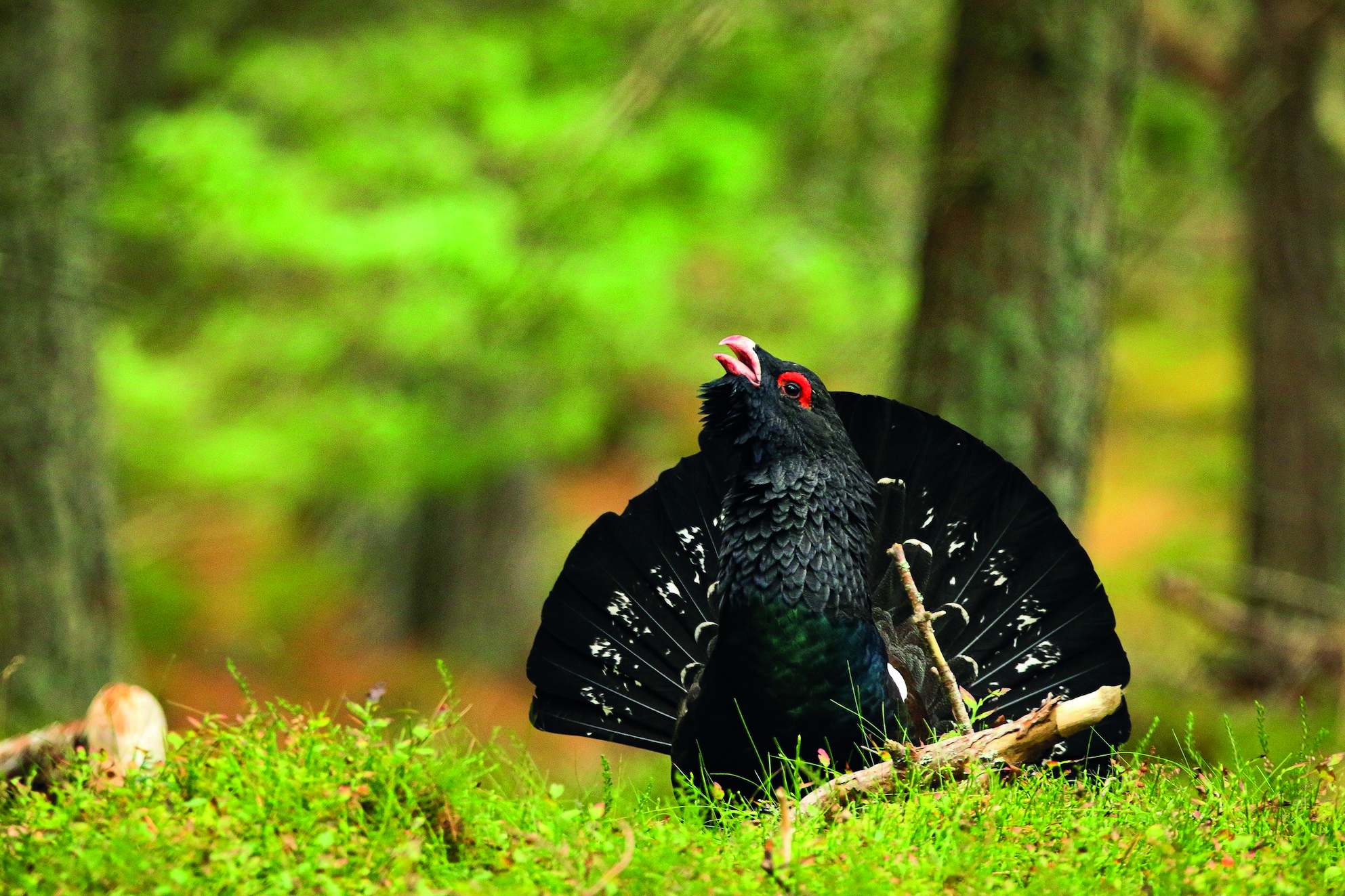
Scotland’s iconic capercaillie population hangs by a thread, with just 500 birds left in the wild. Now University of Aberdeen researchers believe they have found a way to boost breeding success: feed the predators instead of controlling them.
Doubling breeding success with carrion
In a three‑year Cairngorms study, researchers placed deer carrion near capercaillie nests during the critical eight‑week breeding period. The result was striking, with breeding success more than doubling from 37% to 85%. The idea is simple: give pine martens and badgers an easy meal to dissuade them from raiding nests.
But not everyone is convinced this approach provides a sustainable solution.
Gamekeepers remain sceptical
The Scottish Gamekeepers Association (SGA) cautions that diversionary feeding may only offer short‑term gains. “Land managers in previous trials have suggested diversionary feeding can have an initial impact until general predator levels increase, attracted by the food,” the SGA said.
This highlights a wider conservation dilemma – are such interventions reducing predation pressure or artificially sustaining predator populations that will eventually require control?
Long‑term impact remains unclear
Dr Kathy Fletcher of the GWCT agrees that more evidence is needed. “Effective monitoring is needed to ensure we understand the longer‑term effects and whether other interventions such as predator control will be needed,” she said.
The SGA’s position is clear: “Legally managing predators is more effective for practical land managers.”
Feeding or managing?
With only 18 estates taking part in the trial, the method’s scalability is another challenge. Critics also warn that feeding schemes could create dependency cycles, requiring ever‑greater intervention over time.
For traditional gamekeepers, who work with ecosystems year‑round rather than in eight‑week windows, the key question is not whether diversionary feeding works temporarily – but whether it builds true long‑term resilience or simply delays the inevitable need for effective predator management.
Did you like this article? Read more news from Shooting UK, or subscribe to Shooting Times & Country magazine.
Related Articles
Get the latest news delivered direct to your door
Subscribe to Shooting Times & Country
Discover the ultimate companion for field sports enthusiasts with Shooting Times & Country Magazine, the UK’s leading weekly publication that has been at the forefront of shooting culture since 1882. Subscribers gain access to expert tips, comprehensive gear reviews, seasonal advice and a vibrant community of like-minded shooters.
Save on shop price when you subscribe with weekly issues featuring in-depth articles on gundog training, exclusive member offers and access to the digital back issue library. A Shooting Times & Country subscription is more than a magazine, don’t just read about the countryside; immerse yourself in its most authoritative and engaging publication.

